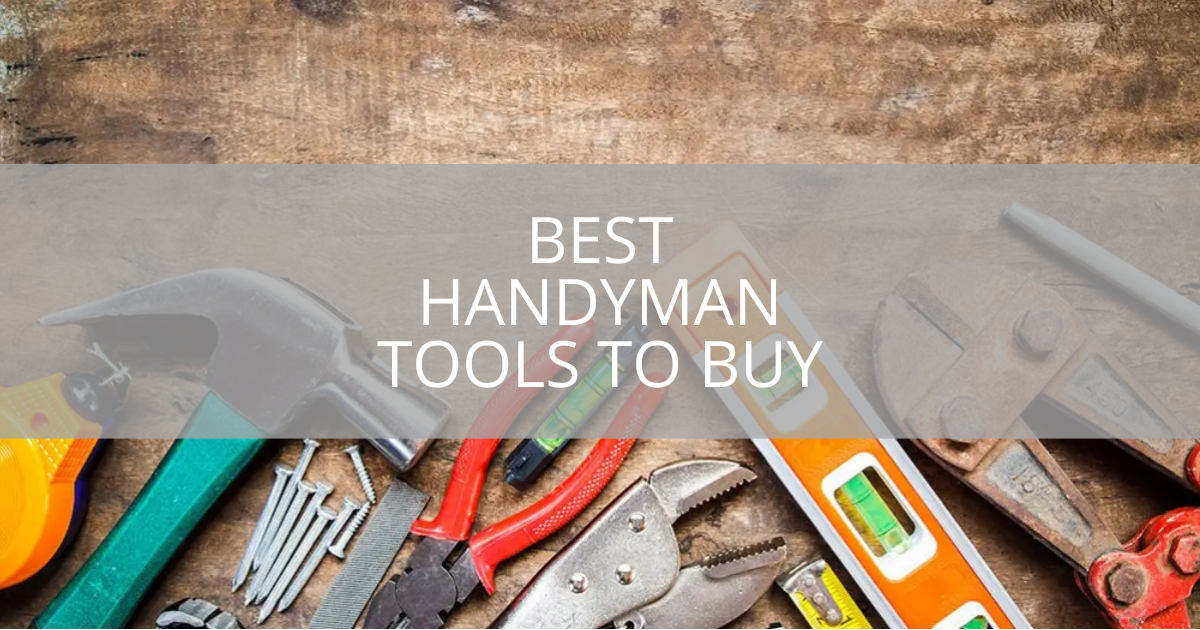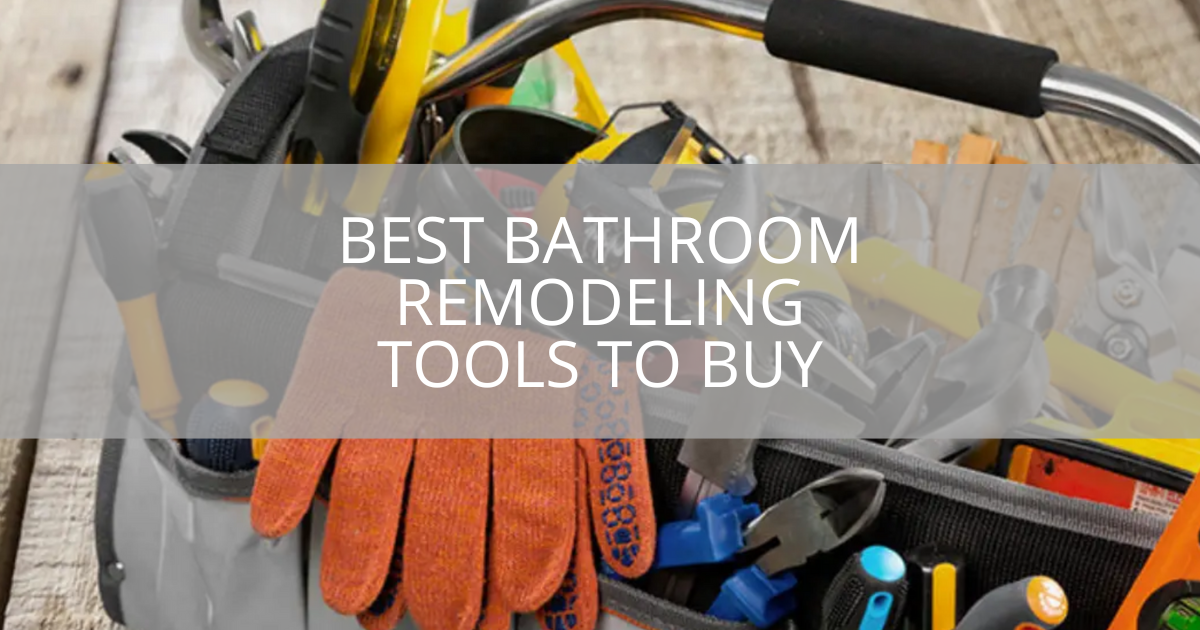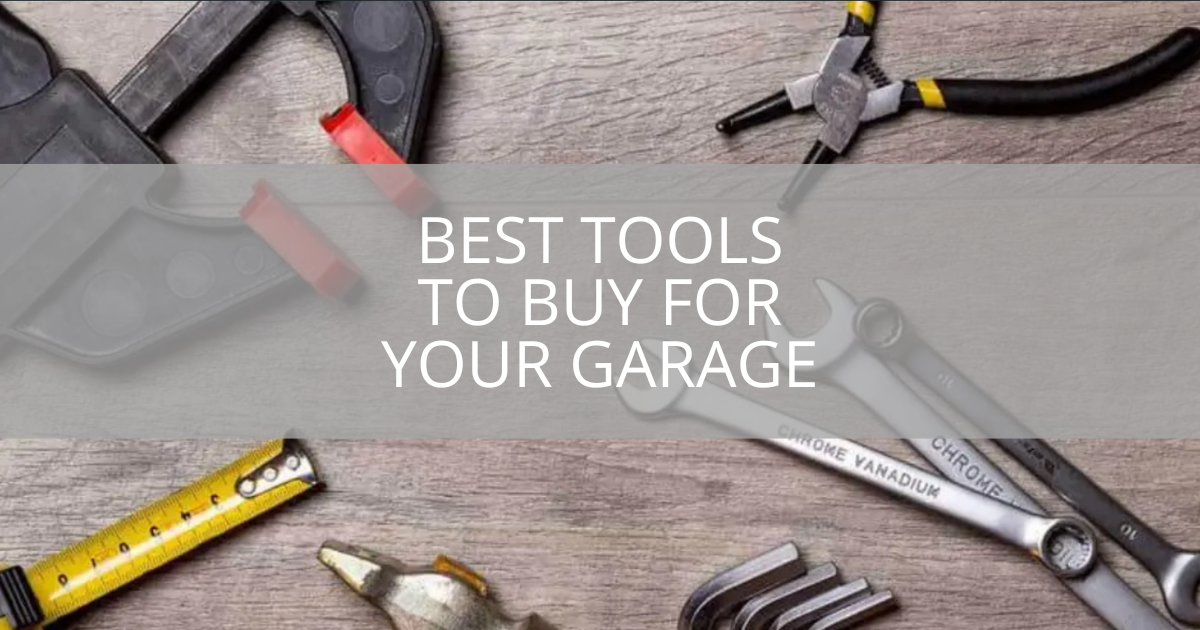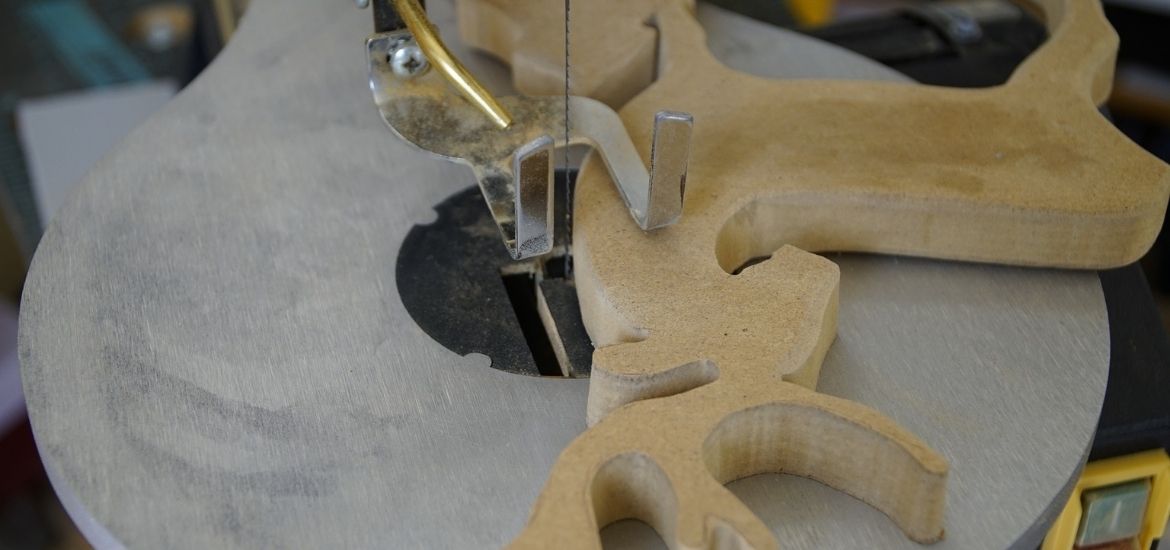
Walmart
Many woodworking projects only require a circular saw or table saw. But if you want a tool that delivers precision cutting or you’re working on an intricate pattern on a wall art, then a regular power saw just won’t do. What you need is a scroll saw.
But what exactly is a scroll saw, and why is it a great tool to have if you’re into woodworking? What is it used for, and how does one use this machine? In this article, we’re going to discuss what a scroll saw is, the different types of scroll saws, as well as the many wonderful things you can create with this powerful tool.
If you’re in the market for a scroll saw, then you’ll definitely find this article helpful. We have come up with a buying guide to help you purchase the best scroll saw for your home or business. Plus, we’ve taken the guesswork out of shopping with this review of the best scroll saws in the market.
- Double parallel-link arm design dramatically reduces vibration and noise for extremely accurate cuts
- Exclusive tool-free blade Clamps allow blade changes in seconds. Depth of cut (inches): 2 in
- On-off switch, electronic variable speed, flexible dust blower, and blade-tensioning lever all located on front upper arm
- Unique design accepts blades in two directions (standard and 90 degrees) to allow for infinite ripping capacity
- Variable speed goes from 400 to 1600 strokes per minute
- Spacious 16-by-11-inch table bevels up to 45 degrees to the left for angled cuts
- Cuts wood up to 2 inches thick with a 16-inch throat depth in the standard position
- Features a thumb screw blade adapter for tool-free blade changes, a cast iron base, an air pump, a flex light, a dust port, a foot lock clamp, onboard storage, and three blades
- 1/8HP, 1-Amplifier, 110-Volt, 60Hz motor
- 16-Inch maximum cutting width
- Includes a gooseneck work light, dust blower and dust port
- Plain or pin blades
- No load speed: 550-1700 SPM
- Dust port adapter keeps line-of-sight clear and work space clean
- Auto tensioning quick-change mechanism for easy accessory change and optimal blade tensioning
- Detachable coping function for handheld use to take the tool to the work piece
- Variable-speed control for optimal cutting in a variety of materials
- Fast-clamp base attaches to various tables, benches and surfaces
- Large aluminum 20" x 12 5/8" dual tilting table allows for bevel cutting up to 45 degrees
- Patented table top bevel scale for accurate and convenient readings
- Tool-less blade holder makes quick and easy 5" pin or plain end blade changes
- Built-in adjustable LED work lamp for better illumination of work area
- Variable speeds between 500 and 1500 SFM with upfront control knob
What Is A Scroll Saw?
A scroll saw is a type of power saw used to create precise and intricate cuts on pieces of wood. But wood is not the only material in which you can work on with a scroll saw. Some of the materials that you can use a scroll saw on include plywood, veneer, and plastic.
You can use a scroll saw to carve tight curves, interior cuts, and awkward angles on your workpiece. Zigzags, mitered edges, circles, and dovetail joints can also be produced by this handy power saw. The beautiful fretwork you see in some older houses can also be produced by a scroll saw.
You can use a heavy-duty scroll saw on metals, such as steel, aluminum, brass, and copper. But before using the scroll saw to cut a piece of metal, make sure that the workpiece is not thicker than 1/16 of an inch for sheet metal or 20 to 24 gauge for copper or brass. Cut anything thicker or tougher and you can be sure that your blade will end up damaged or worse, broken.
Scroll saws function like band saws. But band saws are ideal for cutting lumber and thicker pieces of wood. The difference between these power saws is that scroll saws offer more precision and finesse when it comes to cutting. If you want to add some fine details on a piece of wall art or you want to cut some curves on a piece of wood, then the scroll saw is your go-to tool.
Plus, band saws use a long loop of blade while scroll saws use a smaller and finer reciprocating blade.
Looking for more tool reviews and other ideas for your kitchen or bathroom remodeling project?
The Parts Of A Scroll Saw
With the exception of some brands and models, the majority of scroll saws in the market have identical designs.
Parallel arm scroll saws are some of the most common in the market. This type of scroll saw has two parallel arms attached to a motor located at the very back of the machine.
The scroll saw’s metal table supports the pieces of wood as you cut through it. Some tables are made of aluminum, while others are made of cast-iron. They are usually shaped like a lute or a pan. Some are rectangular, but these are relatively rare.
The shoe or foot of the scroll has two functions: hold down the material you’re working on and guard your fingers against the saw’s ultra-sharp blade.
The power switch is located either on the upper arm (right on top of the blade) or on the base itself. The variable speed dial and blade tensioning lever are usually positioned right next to the power switch if it is on the upper arm.
This speed dial lets you adjust the reciprocation speed of the blade. You can also control the speed through a foot pedal (if it is included).
The is pretty much explanatory. It helps you see your work area clearly by blowing the dust away from the piece of wood you’re working on. This is especially helpful if you’re working on intricate patterns.
The is attached to the blade clamps. One blade clamp is located in the upper arm, while the other is positioned at the bottom.
- Choose the right blade for the material you’ll be working on.
- Make sure that the blade teeth point forward when you install it. Ensure proper tension after installing the blade.
- During operation, make sure that the scroll saw table doesn’t have anything on it except your workpiece.
- Check if the handles are locked before you start the machine.
- Turn the machine off if you need to reach under your table.
Scroll Saws By Arm Type
Parallel Arm
This type of scroll saw is the most common system on the market. Two parallel arms are attached to the motor, while a tiny blade is attached at the ends of each arm in a vertical position.
Take a look at this video to see how a parallel arm system works. Many manufacturers favor this design because they have fewer operating parts.
C-Arm
The C-arm type is the second most common type of scroll saw. As the name suggests, the shape of the arms is curved in a letter ‘C.’
This type might be smaller than parallel arms scroll saws, but their cutting action is faster and stronger. The downside? It is not as precise when it comes to tight curves or intricate designs.
Rigid Arm
Rigid arm or strainer is the rarest type of scroll saws. This is made of a single piece of metal (usually cast-iron). The blade is clamped to a pitman arm which also facilitates the downward movement.
It is pulled back up by a spring that is attached to the upper arm. This type of scroll saw, however, is no longer in production. You can probably buy a vintage rigid arm scroll saw online, but keep in mind that it’s difficult to find parts for it.
Double Parallel-Link Saw
This is the latest, albeit most complex, type of scroll saw. The motor of the scroll saw is positioned at the back and attached to the main rocker.
The top and bottom parallel links are attached to the main rocker. The blade, on the other hand, is attached at the tip of each parallel rocker arm.
The upside of this type of scroll saw? It produces less vibration compared to ordinary parallel arm scroll saws. This scroll saw, however, is still relatively rare compared to C-type and parallel arm scroll saws.

Scroll Saw Buying Guide
Here are some of the important features you should check when buying a scroll saw.
Throat Length/Depth
If you’ve ever checked eCommerce sites for scroll saws, chances are you’ve seen measurements (such as 16-inch, 18-inch, or 20-inch) on the product name or specifications. These measurements indicate the scroll saw’s throat length or depth.
The throat length indicates the distance between the back of the machine and the blade. The rule of thumb is the longer the scroll saw’s throat, the larger the material you can work on.
The most common throat lengths are 16-inch, 18-inch, or 20-inch. Anything less than 16-inch is ideal for hobbyists, while scroll saws that have more than 20-inch throat length are typically used in industrial and commercial applications.
Blade Type
There are two types of blades used in scroll saws: pin-end (also known as pinned) and plain (also known as flat-end, pin-less, or unpinned) blades.
Pin-end blades are made for thicker and tougher pieces of wood as the cut they produce is rougher. It is easier to attach and lock them to the clamp as the correct tension is already determined.
The downside is there’s not much variety to choose from when it comes to pin-end blades. Plus, you cannot attach it to smaller holes.
If you want more intricate cuts or if you’re working on a thin piece of wood, then the best blade type for you is plain blades. This type of blade needs a clamp on the top and bottom arms.
Blade Tensioning
If you play any stringed instrument, you know how important it is to tune it before playing to ensure that it would produce the right sound. This principle is also the same for scroll saws. Before using a scroll saw or if you’re attaching a new blade, you need to make sure that the blade tension is just right.
After installing a new blade and applying the tension lever (this is usually located directly above the blade), carefully and lightly pluck the blade at the back (don’t pluck the sharp edge, though).
A blade with the right tension has a nice ring to it when plucked. A blade that is too loose doesn’t sound quite right. Meanwhile, a blade that is clamped too tight will not produce any sound at all.
Tooled or Tool-Free Blade Mount
When choosing a scroll saw, check if the machine allows you to mount the blade without a tool or if you need one to mount it. For the sake of convenience, the tool-free blade mount is the way to go. The downside is that the blades on this type of scroll saw can easily break with frequent use.
You can opt for the tooled changing system, but it can be a hassle as it requires an Allen or hex wrench to remove or attach the blade. The good news is the Allen wrench is usually included in the package, so you don’t have to scour your workshop or buy a compatible one for your machine.
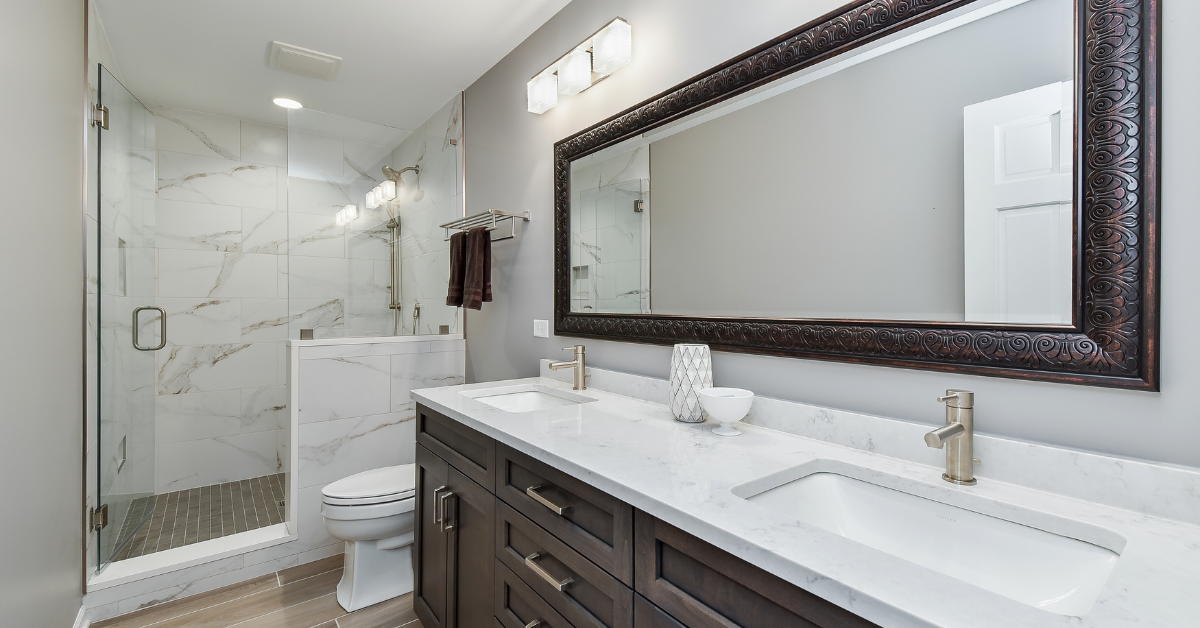
Table Material and Tilt
Scroll saw tables are usually made of durable aluminum or cast-iron. I’d go for cast-iron but scroll saws with this kind of table are pricier compared to ones with aluminum tables.
If you want to cut at a certain angle, then check if the table tilts. Most saws can tilt up to 45 ° in both directions, but others can only tilt either to the left or right. Check this detail before buying a scroll saw.
Reciprocating Speed
You can determine the reciprocating speed of a scroll saw by checking its SPM (strokes per minute).
If you’re new to woodworking and you’re not sure if you’re going to stick to this hobby, then it’s probably safe to go for saws that can deliver anywhere between 400 and 800 SPM.
Scroll saws with a speed that could reach up to 1,800 SPM are ideal for commercial or industrial applications.
Other Features:
A LED lamp to illuminate your work surface. This is helpful for woodworkers who work on intricate patterns.
Check if the scroll saw has a foot pedal. You can easily control the speed of the scroll saw, as well as guide the wood with both of your hands, when you’re using a foot pedal.
How To Use A Scroll Saw Safely
- Always ensure that the scroll saw is set or clamped firmly on your tabletop or workbench. If you’re using a scroll saw with a stand, set it on flat and stable ground to prevent it from wobbling.
- Turn the machine off and unplug the cord before changing the blade or performing any maintenance work.
- Choose the right blade for the material you’ll be working on.
- Make sure that the blade teeth point forward when you install it. Ensure proper tension after installing the blade.
- During operation, make sure that the scroll saw table doesn’t have anything on it except your workpiece.
- Check if the handles are locked before you start the machine.
- Turn the machine off if you need to reach under your table.
Conclusion:
I think the DeWalt DW788 is the best scroll saw on the list. What makes this particular scroll saw stand out?
This is the only scroll saw on the list with a double parallel-link system which ensures that overall noise and vibration is kept at a minimum. The double parallel-link system also ensures more precise cuts every time.
The placement of the on-off switch, blade tensioning lever, and the speed dial are located on the upper arm, making sure that you can reach them easily during operation.
Another thing that I really like is the cast-iron table. This is guaranteed to last a long time compared to scroll saws with aluminum tables.
The Dewalt’s throat length is also longer than other scroll saws on the list. While others only have a throat depth of 16-inch or 18-inch, this scroll saw has 20-inch.
Installing the blade is as easy as 1-2-3 thanks to its tool-free design.
It is the most expensive scroll saw in the list and it is not without its shortcomings, but it is definitely a worthwhile investment if you’re looking for something to use for many years.
Other Great Articles to Read:
To view our Amazon Associates Disclaimer, please click here.












